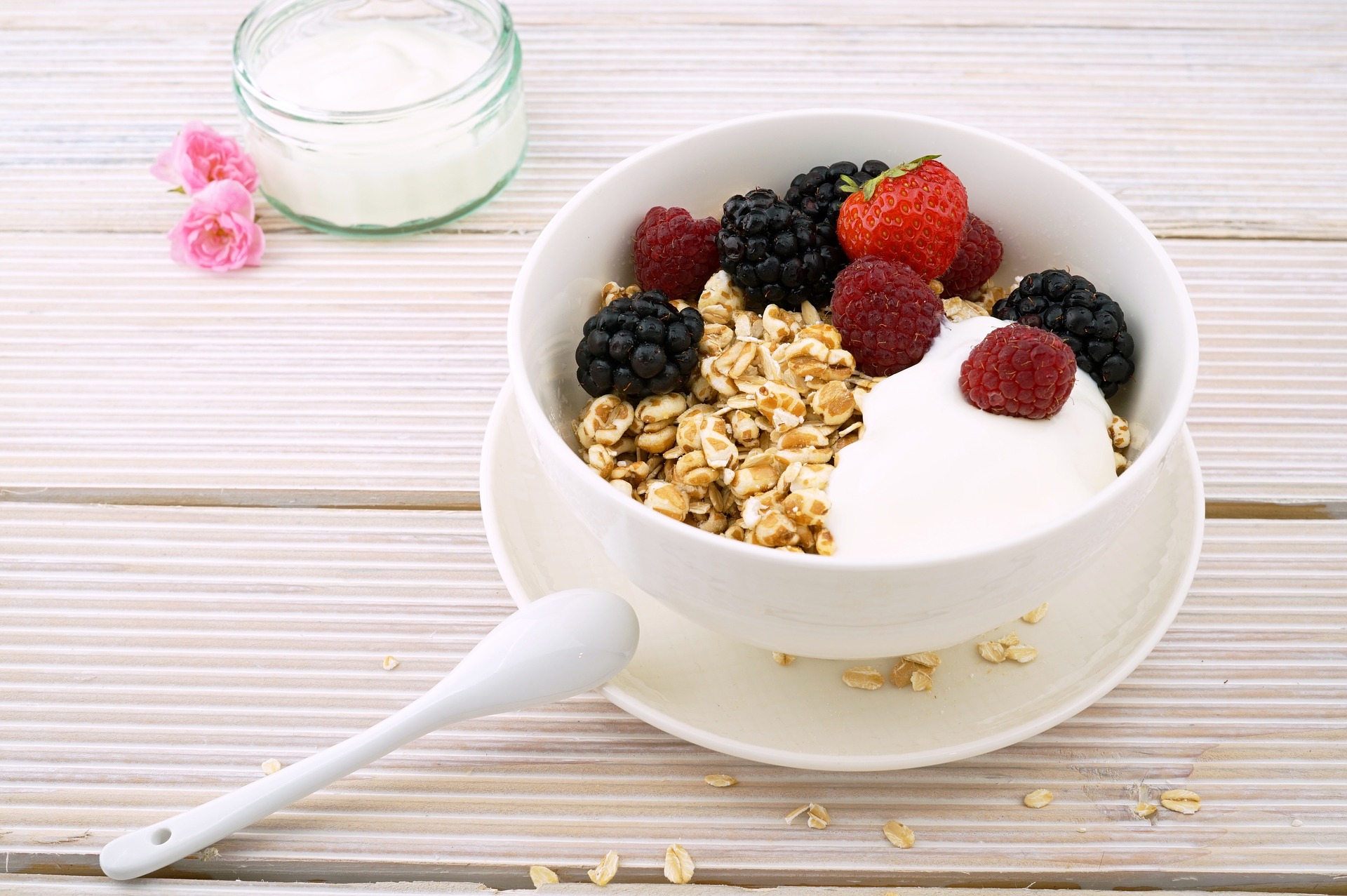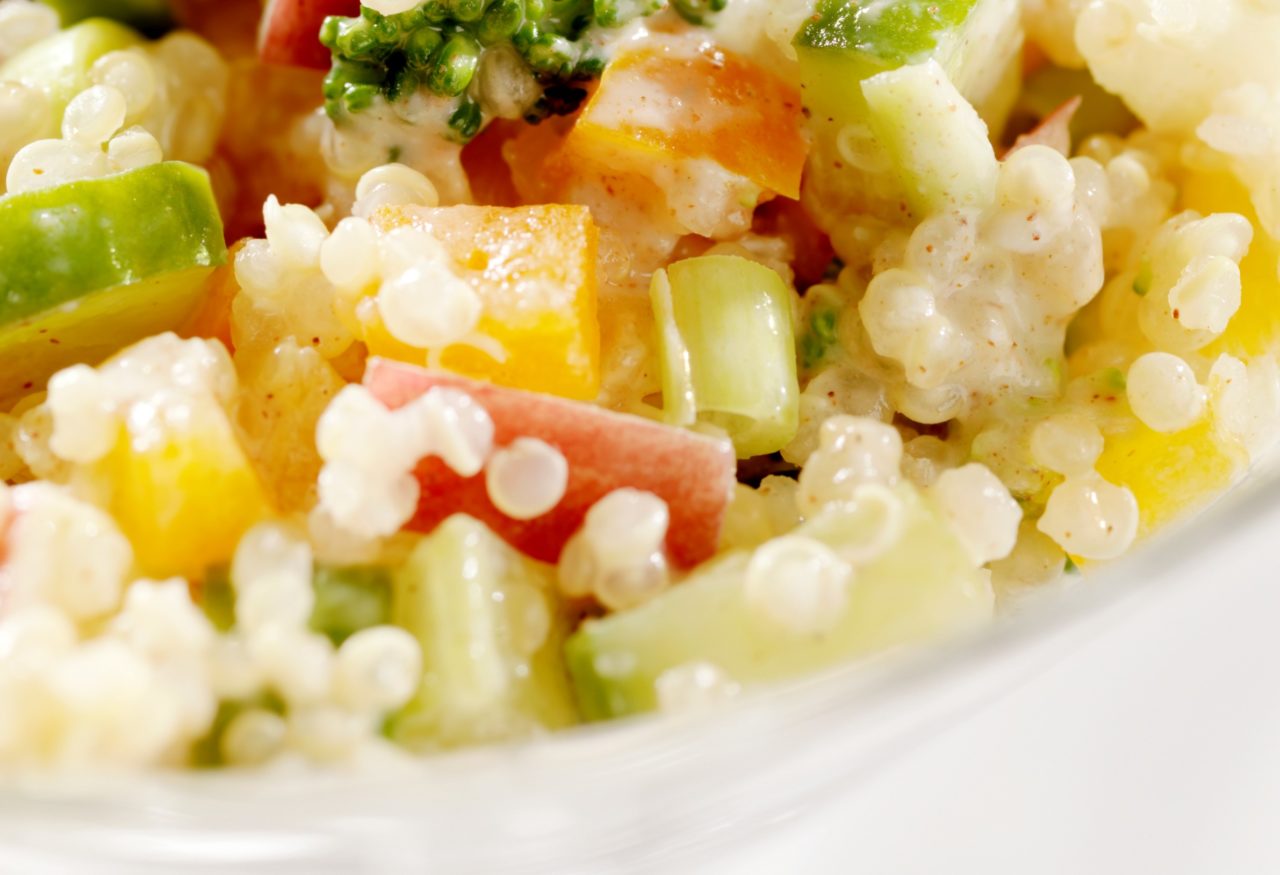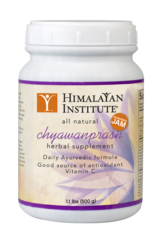If you just got done reading Parts 1 and 2, I am sure you will agree that was a lot of information. Now, let’s apply all of it in terms of how you might plan your meals. Keep in mind that lunch (which falls during the pitta time of day, 10am-2pm should be the largest meal of the day).

Breakfast-If the Pitta is normal, you may skip breakfast, but if it is elevated, consider what season you are in for the best breakfast choice. In warmer seasons a lighter meal such as a fruit salad (red raspberries, blueberries, watermelon, peaches, and coconut) will work. In the cooler seasons, oatmeal with milk and raisins or dates, ghee and maple syrup topped off with chopped, soaked and peeled almonds will serve well. Also an egg white and vegetable omelet is substantial, served with avocado and whole grain toast.

Lunch is the main meal of the day. Try seasoned tofu and steamed collard greens over wild rice, or pasta, pesto, and fresh vegetables like mushrooms, zucchini and broccoli. Or if you are not a vegetarian, a green salad with salmon, flaxseed oil, and green apples with a little blue cheese is yummy. Another choice is split pea soup with sautéed cabbage cooked in ghee, cumin, coriander, turmeric, lime juice and a splash of maple syrup. You can always add vegetables to the soup to make it heartier.

Snack Time? Not really, but yes sort of! Pittas burn through food fast and may get hungry before dinner. What to do then? Chyawanprash (at 4pm) is the ticket. This jam-like food is made from amalaki, a fruit that balances pitta. Full of Vitamin C and other antioxidants, Chyawanprash is the perfect afternoon “pick me up” and should hold you until dinner. Ayurvedist John Douillard has recently completed research on the amalaki berry and discovered pound per pound that the amalaki berry contains 10 times more Vitamin C than an orange. The first time I tried Chyawanprash I was a little taken back by its appearance. It sort of looks like black jam! But one scoop with the teaspoon and I was sold! I started eating it on saltine crackers, then I gave up crackers and now just it it plain. I also know a lot of Ayurveda enthusiasts that give it to their kids everyday as their anti-oxidant. You can purchase Chyawanprash at http://www.himalayaninstitute.org/.
Dinner is smaller and lighter than lunch. Remember the pitta appetite is strong due to its fiery nature. For dinner try veggie or turkey burgers with goat cheese, lettuce and avocado or kidney bean curry and quinoa or veggie flatbread are good choices. The picture of the veggie flatbread below is from the website “Gimme Some Oven”! Thanks Amy for letting me use your picture.Kitchari (mung dal and basmati rice) is also a great choice for dinner. Add veggies to this incredibly nourishing dish if you are really hungry. It will still be light and filling.Now as the last word on pacifying pitta, just know the fire is hot. Pittas need food. I am pitta and if I get hungry I get mean. No not really, but yes, kind of! Follow these simple rules to stay out of the drive-through:
picture of the veggie flatbread below is from the website “Gimme Some Oven”! Thanks Amy for letting me use your picture.Kitchari (mung dal and basmati rice) is also a great choice for dinner. Add veggies to this incredibly nourishing dish if you are really hungry. It will still be light and filling.Now as the last word on pacifying pitta, just know the fire is hot. Pittas need food. I am pitta and if I get hungry I get mean. No not really, but yes, kind of! Follow these simple rules to stay out of the drive-through:
- Stick to a regular eating schedule
- Eat at least three meals a day
- Eat at consistent times from one day to the next.
- Eat in a peaceful environment giving your full attention to the event, therefore, no television, computer or steering wheel!
- Register your satisfaction level by eating slowly and chewing your food well.
- Be careful with hot, spicy foods, sour foods and salty foods, especially in the warm seasons.
- Know your cooling herbs and spices (cilantro, coriander, cumin, fennel and mint.)
- If you need to cleanse do so with a short fruit or juice fast, or a longer mono diet of Kitchari.
In conclusion, like Eckhart Tolle says, “Today’s decisions create tomorrow’s reality”. The reality is, if you choose your foods well each day during this smoldering time of the year, balance will ensue and instead of experiencing pain and suffering, you can enjoy this great season of sunshine.
